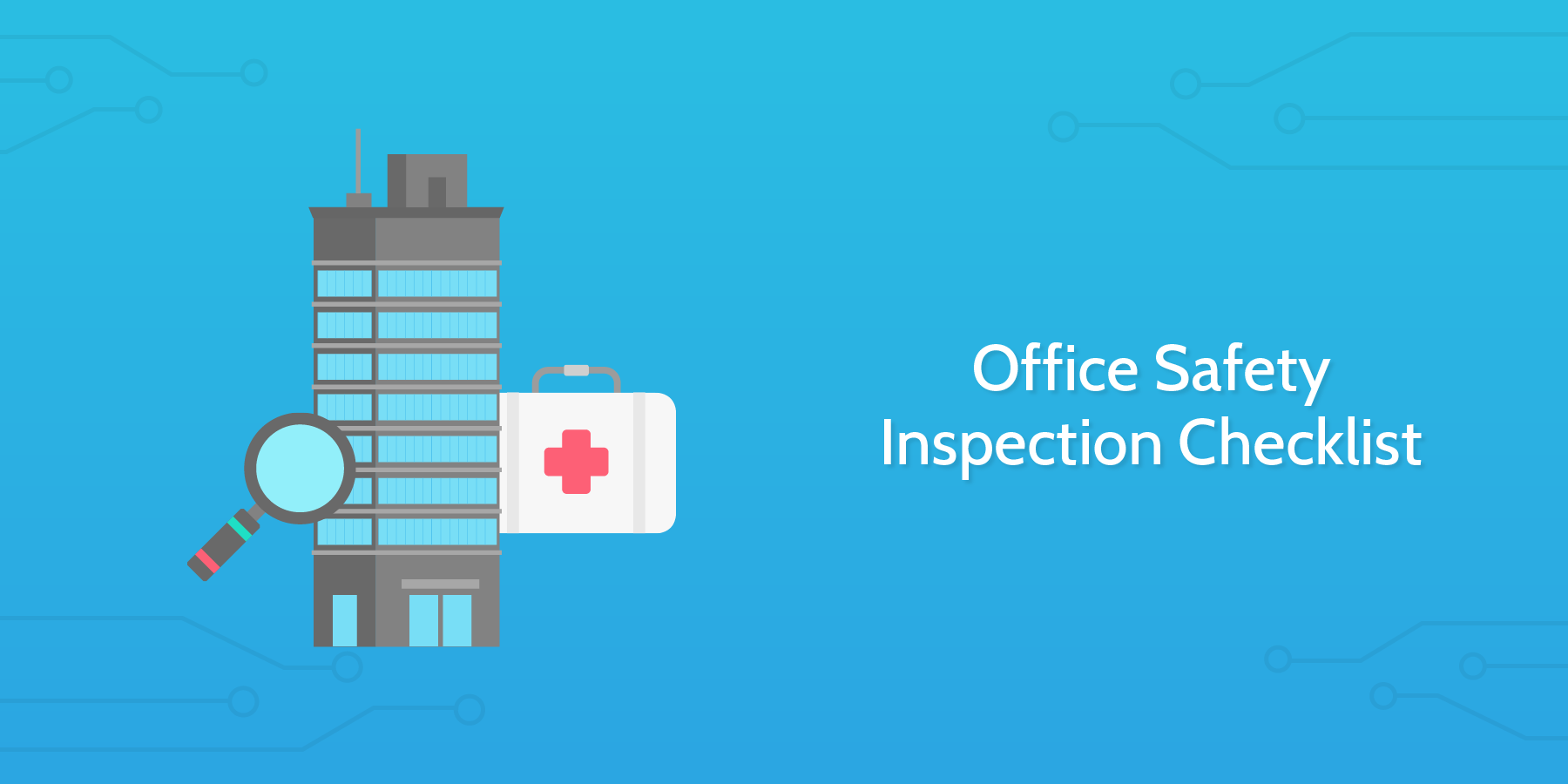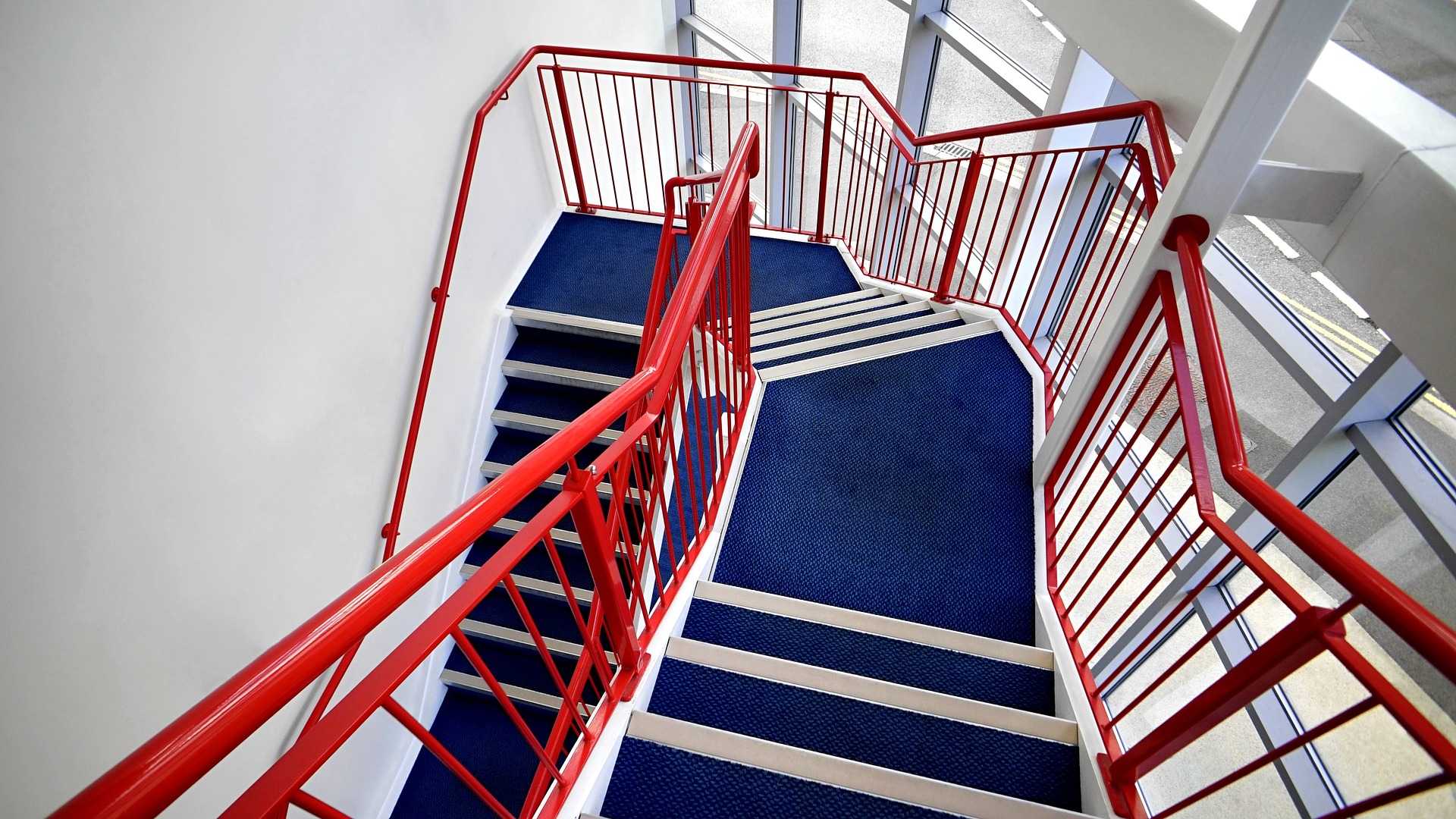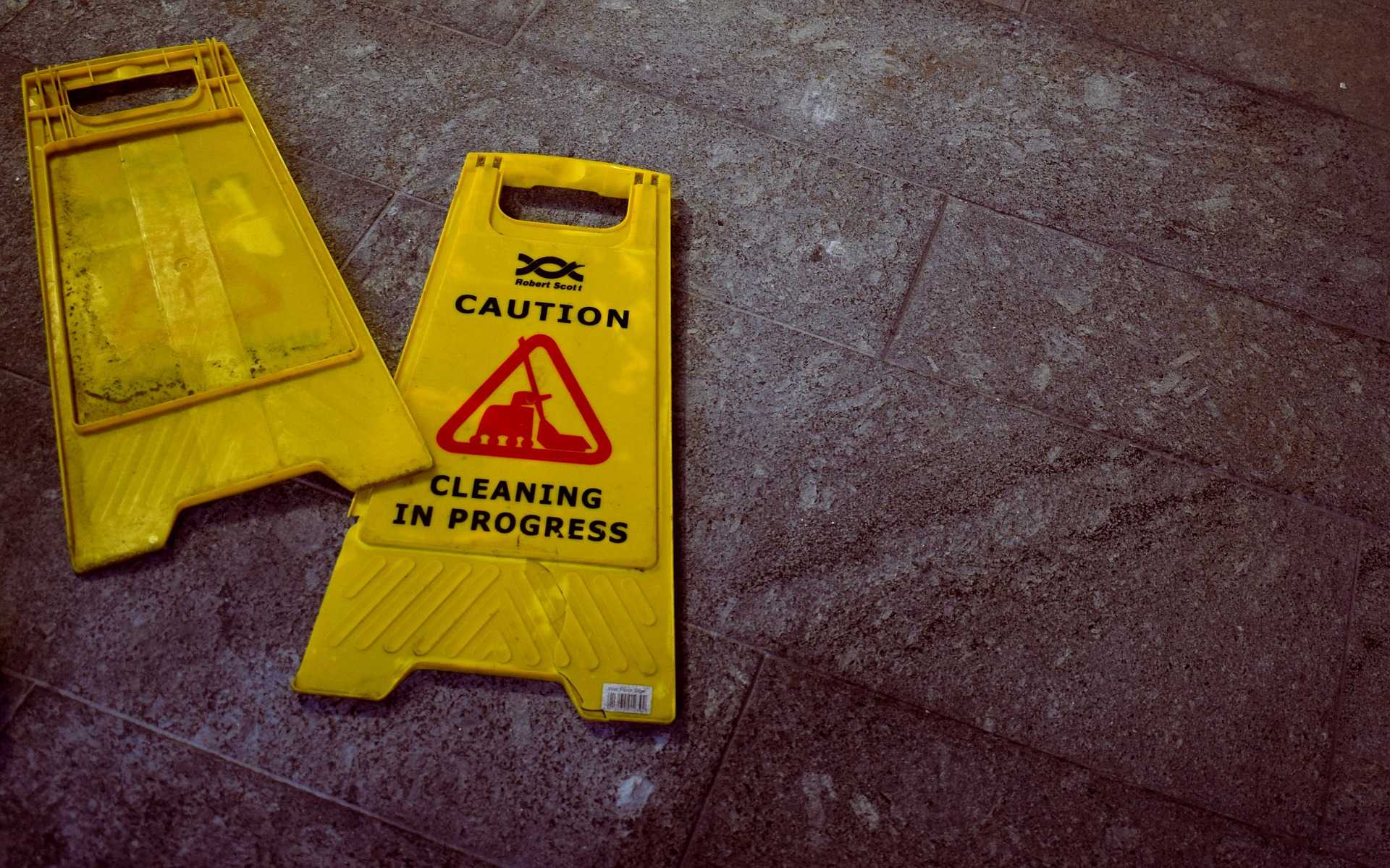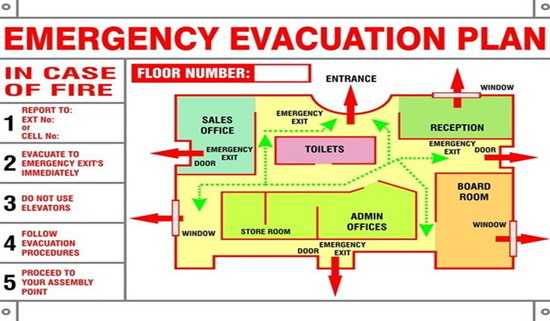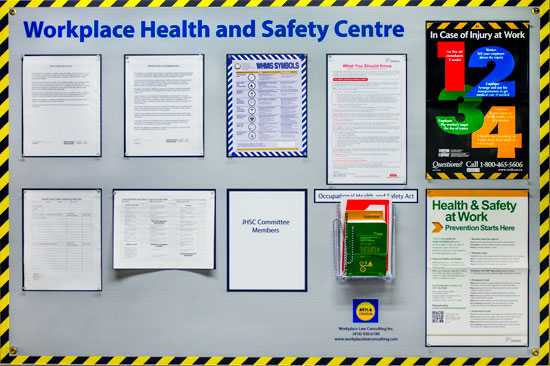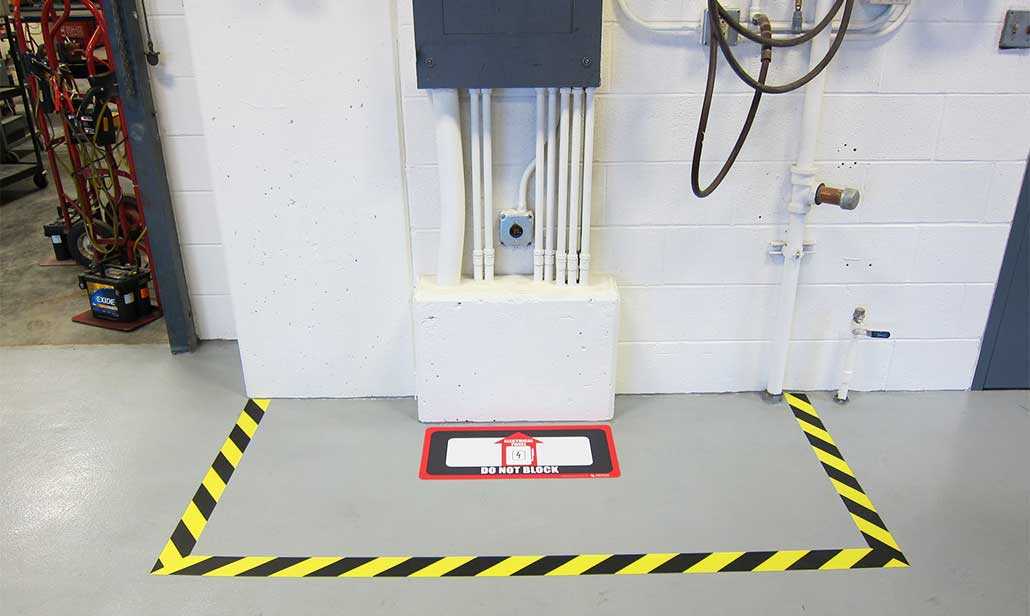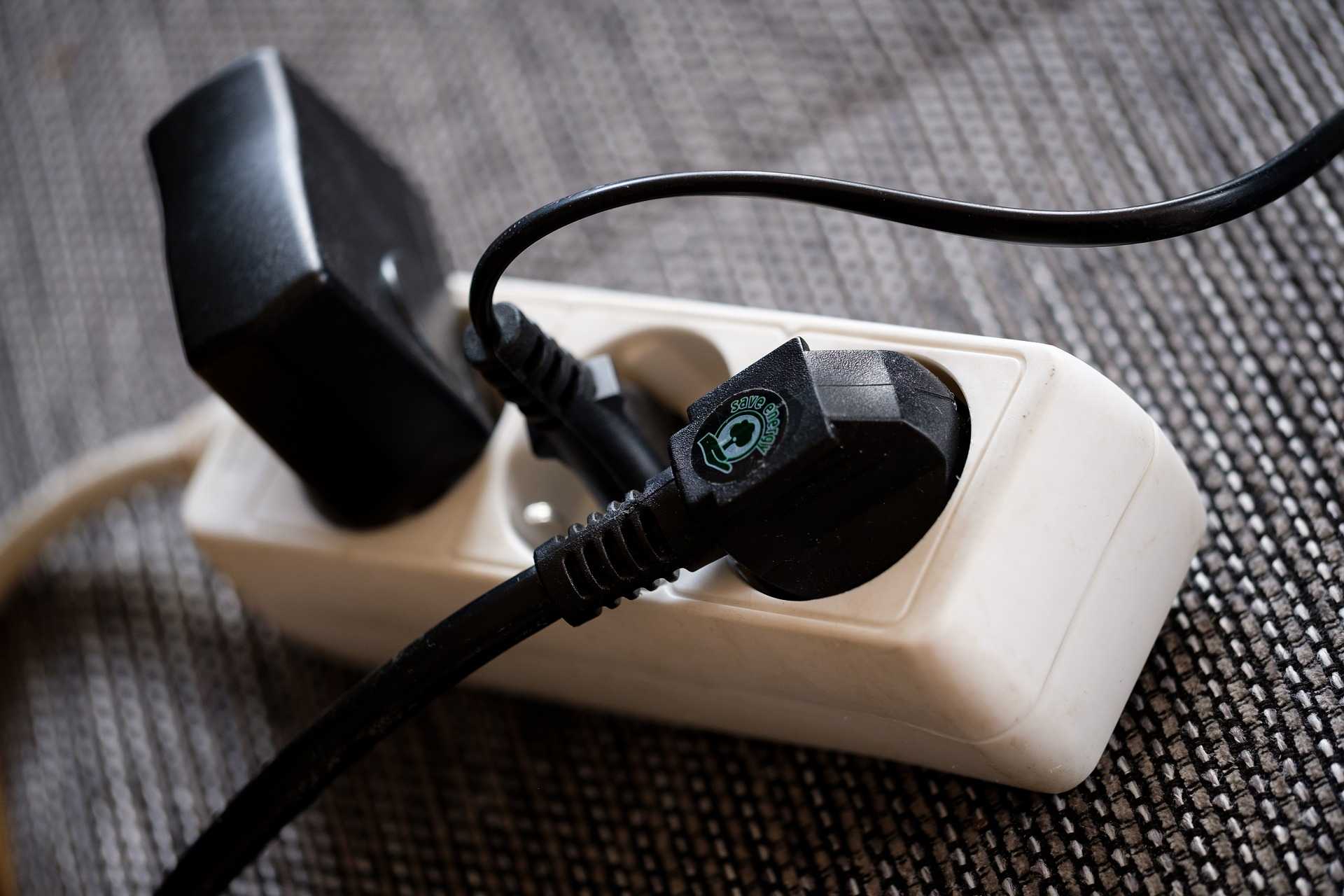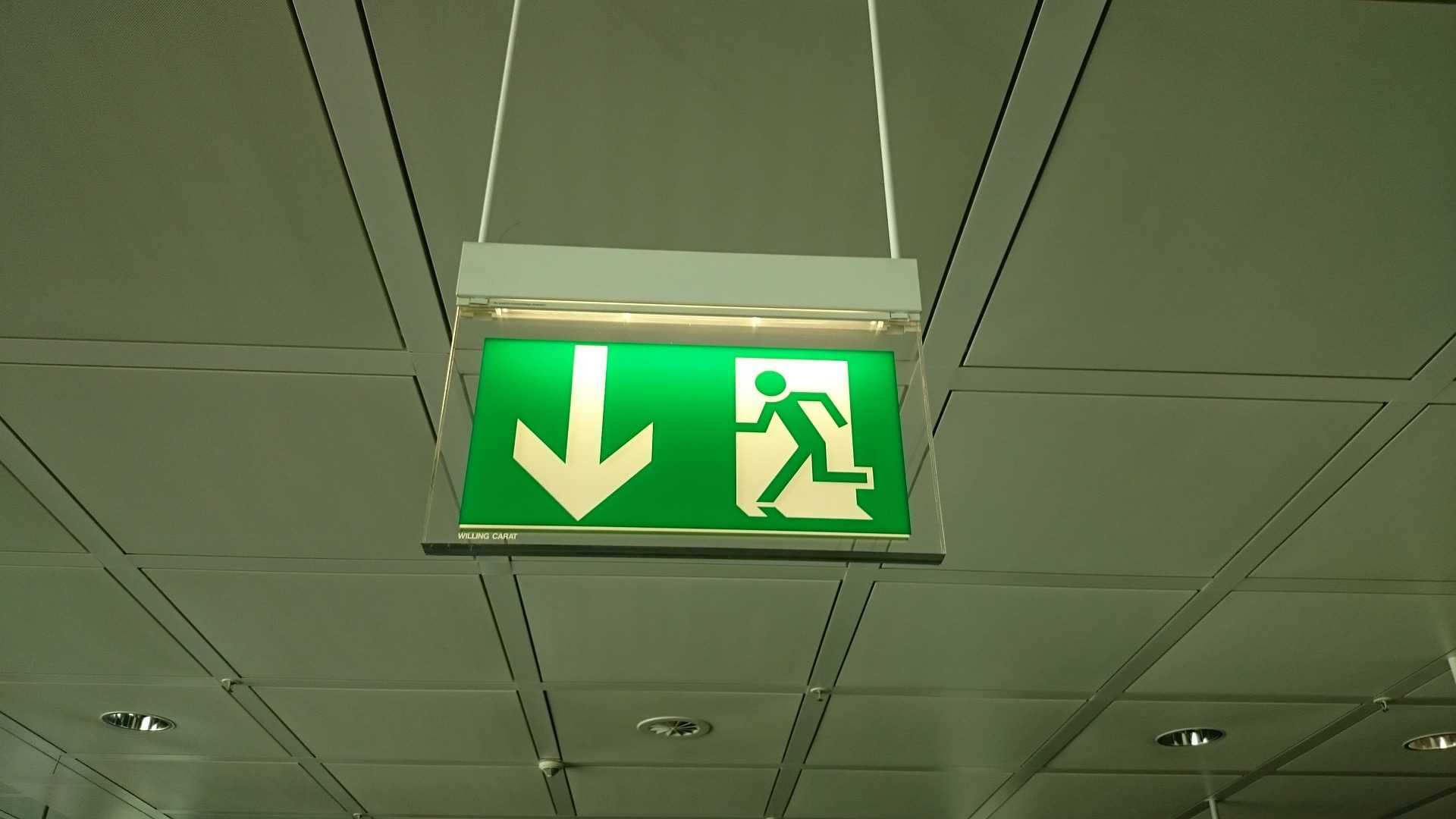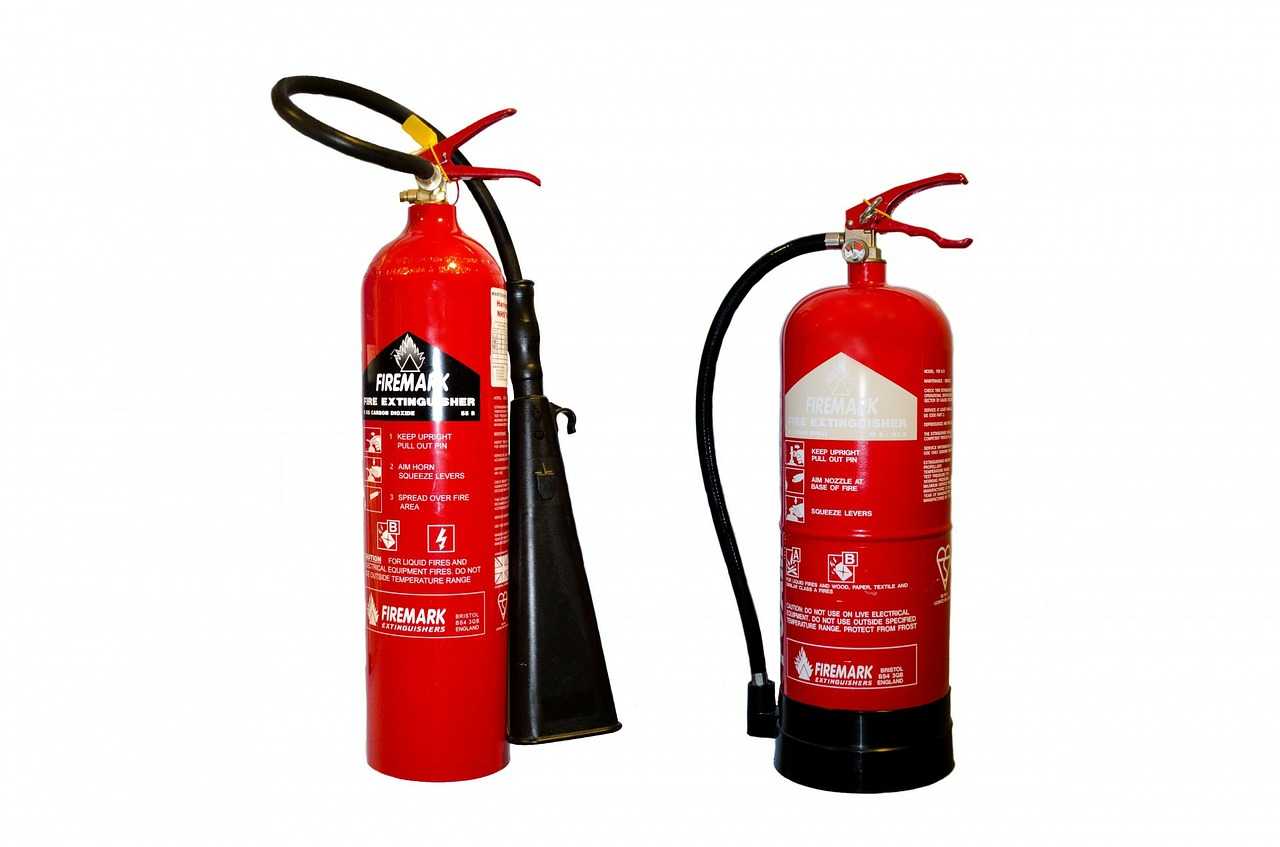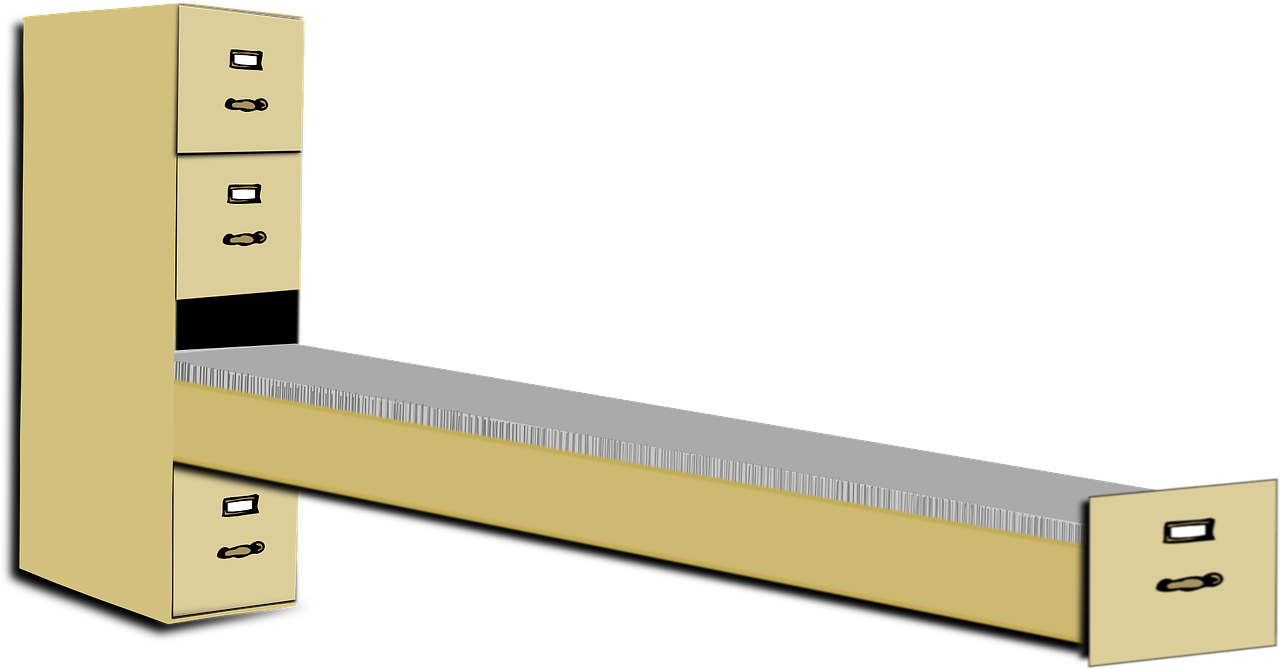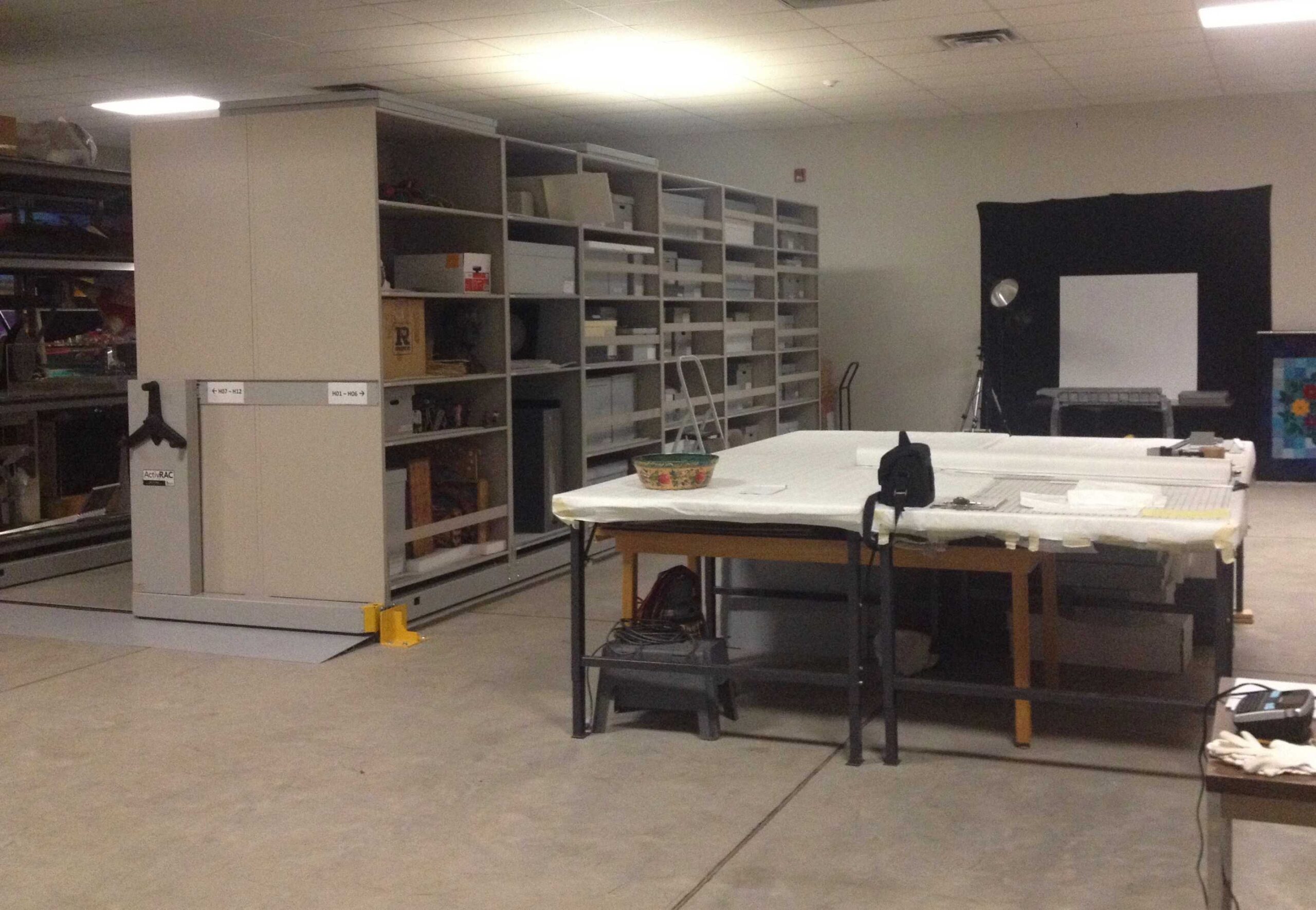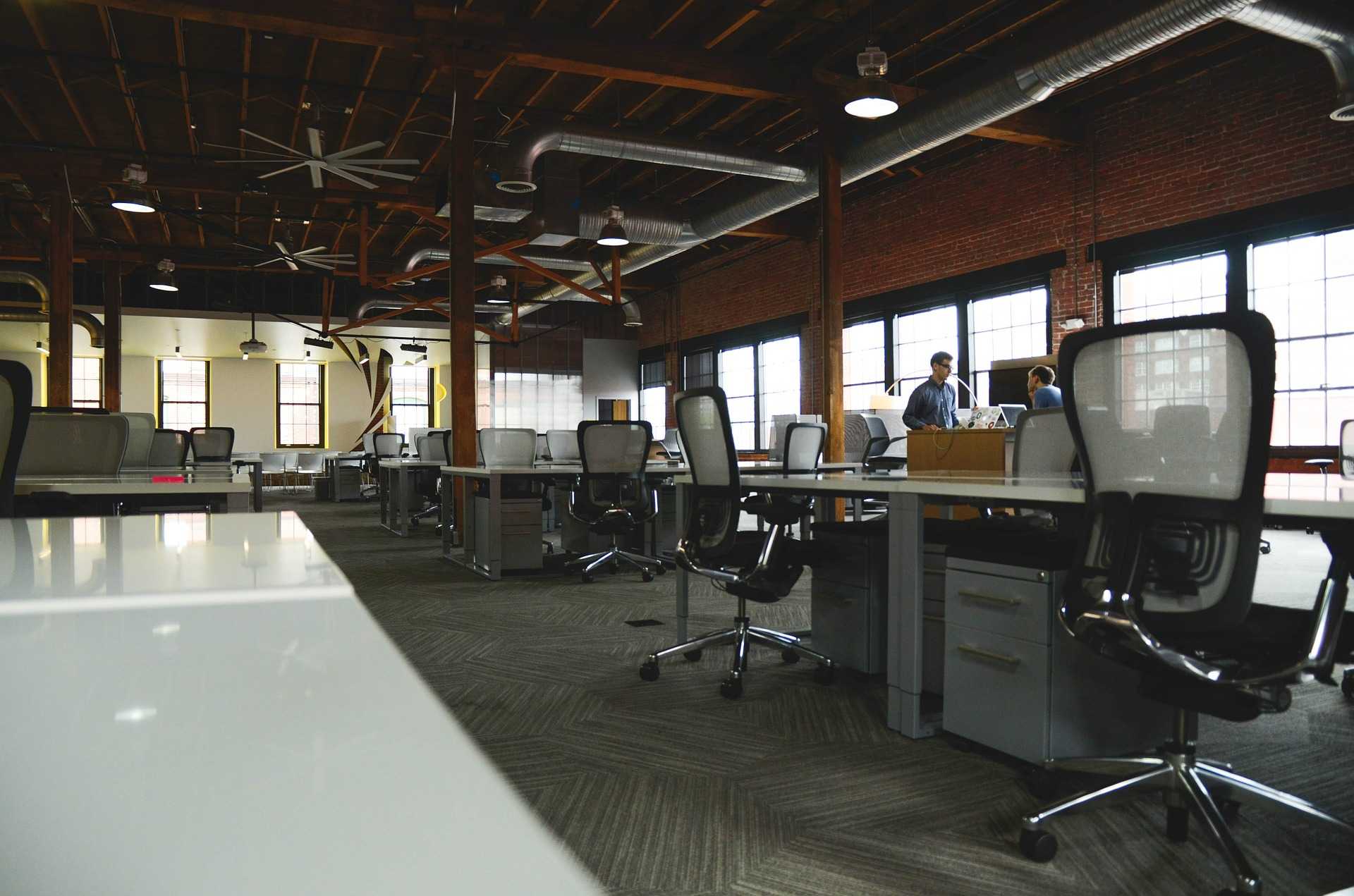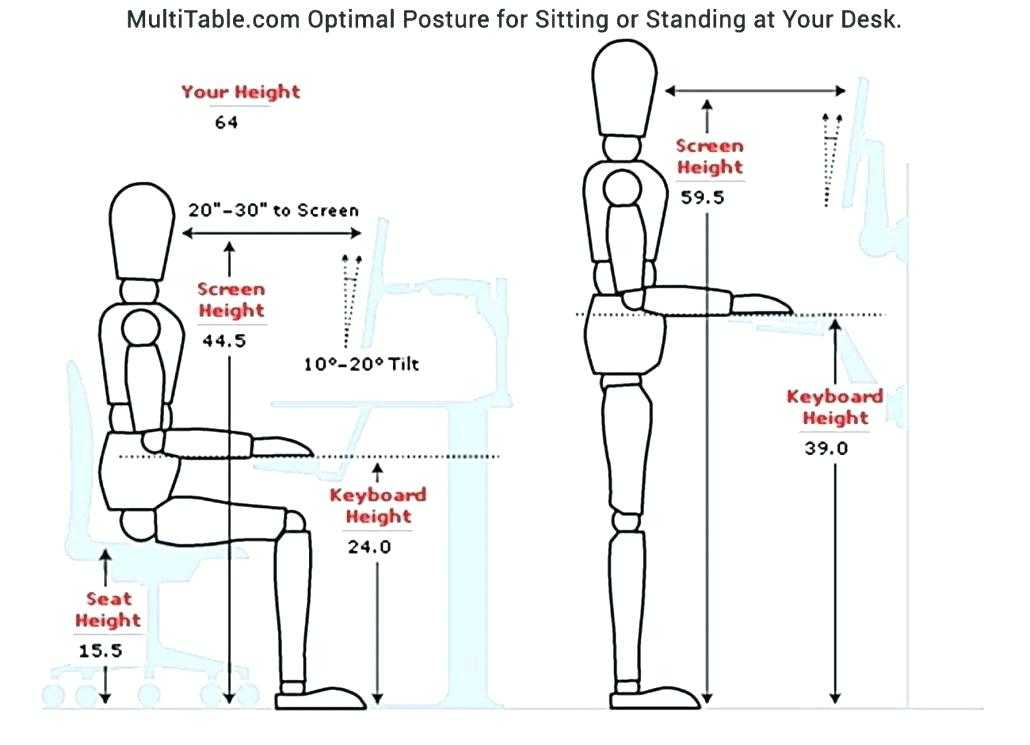Maintaining a safe working environment for employees is an important responsibility for office managers. Failing to do so can result in serious accidents that may prove to be extremely costly, both financially and in terms of the company’s reputation.
By running this checklist every quarter, you will minimize the risk of accidents and have peace mind knowing that the office is fully equipped to deal with unpredictable safety hazards such as a fire or other cause for emergency evacuation.
Ready to get started? Let’s go.

